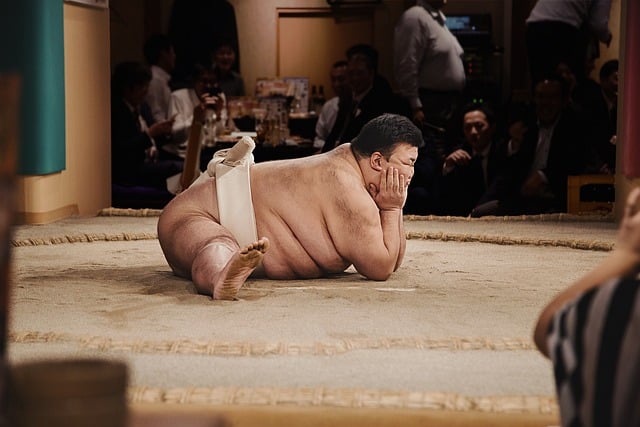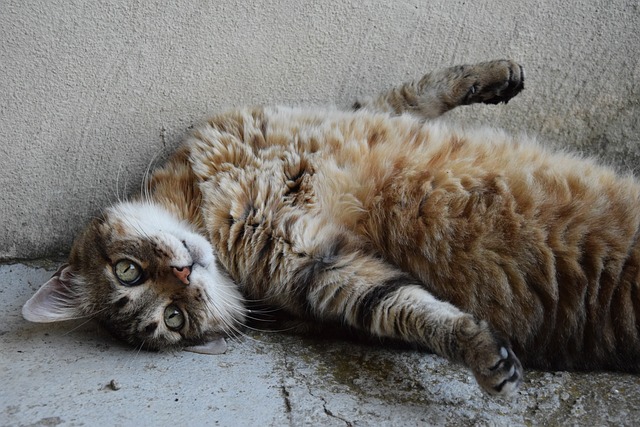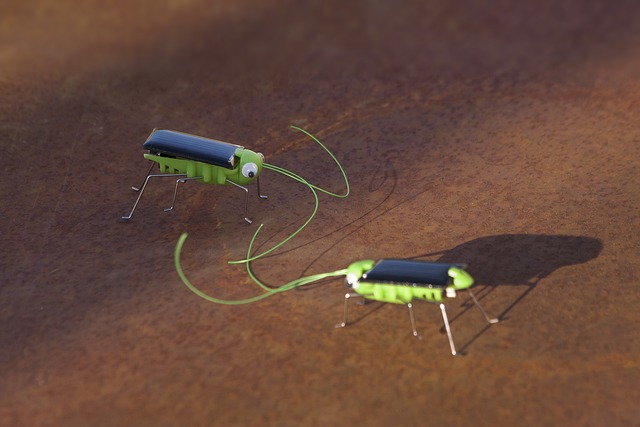Fat cell freezing (cryolipolysis) is a non-invasive body contouring treatment that selectively cools and destroys stubborn fat cells, reducing localized fat deposits without impacting surrounding tissue. Ideal candidates have healthy BMI levels and specific problem areas like the abdomen or thighs. The procedure involves advanced cooling technology to damage fat droplets within cells, leading to their gradual elimination by the body. It's a safer alternative to invasive methods, with minimal discomfort and potential side effects including redness, swelling, bruising, and numbness. Post-care guidelines include hydration, diet, exercise, and avoiding strenuous activities or extreme temperatures. Realistic goals and additional treatments may be needed for optimal results.
“Uncover the secret to banishing stubborn fat cells with Fat Cell Freezing—a revolutionary non-invasive procedure. This comprehensive guide explores the science behind freezing fat, ideal candidates, and the myriad benefits it offers. From understanding the process step by step to addressing safety concerns and post-treatment care, we demystify this game-changing approach. Discover how Fat Cell Freezing can enhance your journey towards a slimmer, more confident you.”
Understanding Fat Cell Freezing: The Science Behind It

Fat Cell Freezing, also known as cryolipolysis, is a non-invasive procedure that targets and freezes stubborn fat cells. The science behind it revolves around selective cooling technology that freezes fat while preserving surrounding tissue. This process triggers cell death in the targeted fat cells, leading to their gradual elimination from the body through natural processes like lymphatic drainage.
The key to Fat Cell Freezing’s success lies in its ability to target specific areas of stubborn fat that resist diet and exercise. As cold temperatures are applied, fat droplets within the cells shrink and crystallize, causing damage that ultimately leads to cell death. This targeted approach ensures minimal discomfort for the patient while effectively reducing fat deposits in treated areas.
Who is a Candidate for Fat Cell Freezing Treatment?

Anyone looking to target stubborn fat deposits and achieve a slimmer, more contoured appearance can be a candidate for fat cell freezing treatment. This non-invasive procedure is particularly appealing for individuals who have tried diet and exercise routines without seeing significant results in specific problem areas. It’s worth noting that fat cell freezing is not a weight loss solution but rather a body contouring treatment, making it ideal for people with healthy BMI levels seeking to refine their physique.
Candidates for this treatment often have well-maintained lifestyles but carry excess fat in certain zones like the abdomen, love handles, arms, or thighs. The suitability of an individual for fat cell freezing depends on various factors, including skin thickness, amount of subcutaneous fat, and overall health. Consulting with a qualified healthcare provider or dermatologist is essential to determine if fat cell freezing is the right choice for achieving your desired body shape.
Benefits and Advantages of Targeting Stubborn Fat Cells

Freezing stubborn fat cells, or fat cell freezing as it’s medically known, offers a range of benefits and advantages for those looking to shed unwanted fat. Unlike traditional methods that often focus on overall weight loss, this procedure targets specific areas with persistent fat deposits, providing a more tailored approach to body contouring. By freezing these cells, the process promotes their breakdown and eventual elimination from the body, leading to noticeable reductions in localized fat.
One of the key advantages is its non-invasive nature, eliminating the need for surgical incisions or extended recovery periods. The procedure is generally well-tolerated, with minimal discomfort, making it an attractive option for individuals seeking a safer alternative to more invasive fat reduction methods. Additionally, fat cell freezing can be particularly effective for treating problem areas that are often resistant to diet and exercise, offering a solution where other methods may fall short.
The Freeze Process: Step-by-Step Guide to Non-Invasive Procedure

The Freeze Process: Step-by-Step Guide to Non-Invasive Procedure
Fat cell freezing, also known as cryolipolysis, is a non-invasive procedure that targets and freezes stubborn fat cells. The process begins with a consultation where your healthcare provider assesses your areas of concern and determines eligibility. If you’re a good candidate, the treatment starts with the application of a cooling device to the targeted area. This device uses controlled cold to freeze the fat cells, which then become unable to survive and are gradually eliminated by the body’s natural processes.
During the procedure, patients typically experience minimal discomfort, similar to a numbing sensation. The treatment area may be slightly sensitive after, but this subsides quickly. It’s important to remember that fat cell freezing is not a weight-loss solution for everyone, and results may vary based on factors like diet, exercise, and individual body composition. Follow-up sessions might be recommended for optimal results as new fat cells can form over time.
Safety and Potential Side Effects: What You Need to Know

Freeze Stubborn Fat Cells: Safety and Potential Side Effects
Fat cell freezing, or cryolipolysis, is a non-invasive procedure that has gained popularity as a way to eliminate stubborn fat. While it offers promising results for many, it’s crucial to understand its safety profile and potential side effects. This treatment involves cooling targeted fat cells until they die, causing their gradual elimination from the body by the immune system. The procedure is generally considered safe when performed by a qualified medical professional using appropriate equipment.
Common side effects include temporary redness, swelling, bruising, and numbness at the treatment site, which usually subside within a few days to weeks. Less frequently, patients may experience discomfort, seromas (fluid collections), or, in rare cases, more serious complications like tissue damage. It’s essential to choose a reputable clinic and discuss any concerns with your healthcare provider before undergoing fat cell freezing to ensure the best outcomes and minimize potential risks.
Post-Treatment Care and Expectations for Long-Lasting Results

After successful fat cell freezing treatment, proper post-care is essential for achieving long-lasting results. It’s crucial to follow your healthcare provider’s guidelines on recovery and lifestyle modifications. This may include staying hydrated, maintaining a healthy diet, and engaging in regular physical activity, all of which can aid in enhancing the results of the procedure. Avoid strenuous activities or extreme temperature changes immediately post-treatment to prevent complications and ensure the best outcome.
Expectations for fat cell freezing vary from person to person. While it’s known for reducing targeted fat cells, the degree and duration of results depend on factors like adherence to post-care instructions, the initial amount of fat present, and individual metabolism. It’s important to have realistic expectations and understand that additional treatments may be needed for optimal body contouring. Regular check-ins with your healthcare provider can help monitor progress and discuss any concerns or adjustments in treatment strategy.
